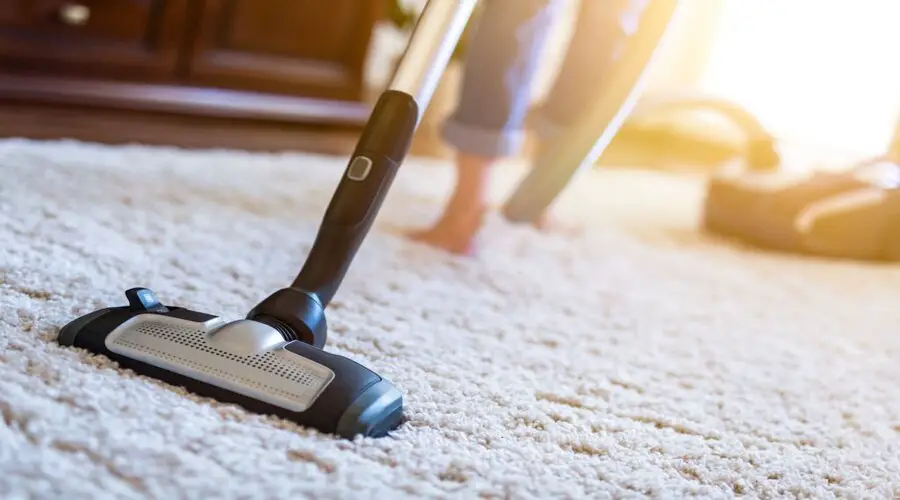Nylon carpet is prized for its durability and resilience, making it a popular choice in homes and offices alike. However, maintaining the pristine condition of your nylon carpet requires regular cleaning and occasional deep cleansing to tackle tough stains.
In this guide, we’ll explore effective techniques for keeping your nylon carpets looking fresh and vibrant, ensuring they stand the test of time.
Whether you’re dealing with everyday dust and debris or more stubborn spills, we’ll show you how to clean nylon carpet efficiently, preserving its aesthetic appeal and extending its lifespan.
Preparation
Clear the Area
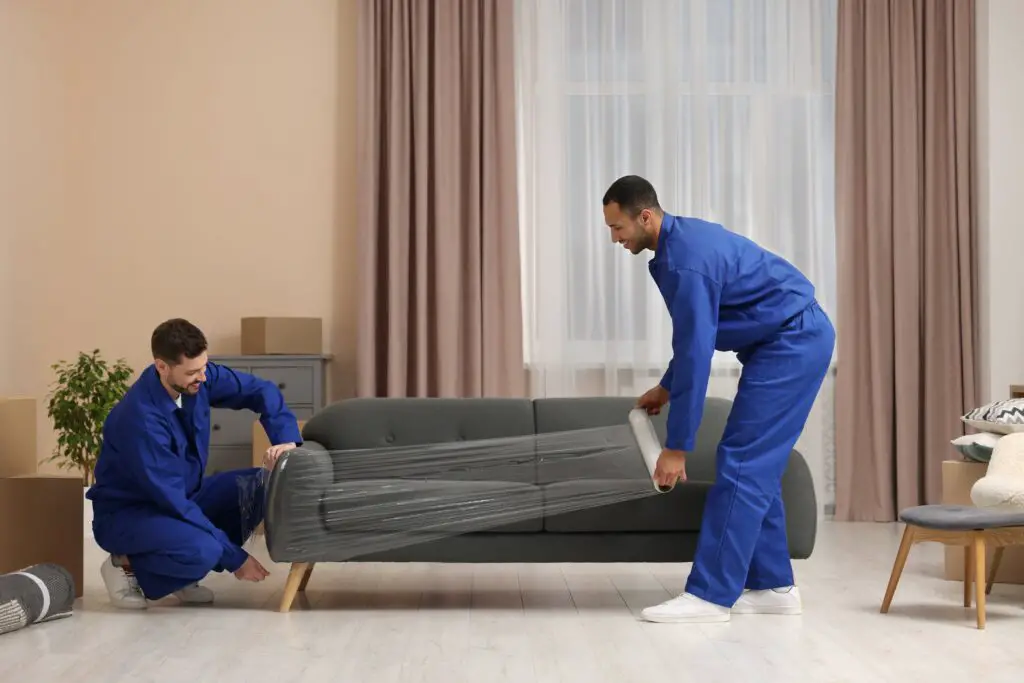
Before diving into the cleaning process, it is crucial to remove all furniture from the carpeted area. This grants you complete access to the carpet, ensuring that no spots are missed during cleaning.
If the furniture is too heavy to move, place plastic or foil tabs under the legs to protect the carpet from staining during the deep cleaning process. Clearing the area also prevents any potential damage to your furniture and makes it easier to maneuver cleaning equipment around the room.
Vacuum the Carpet Thoroughly
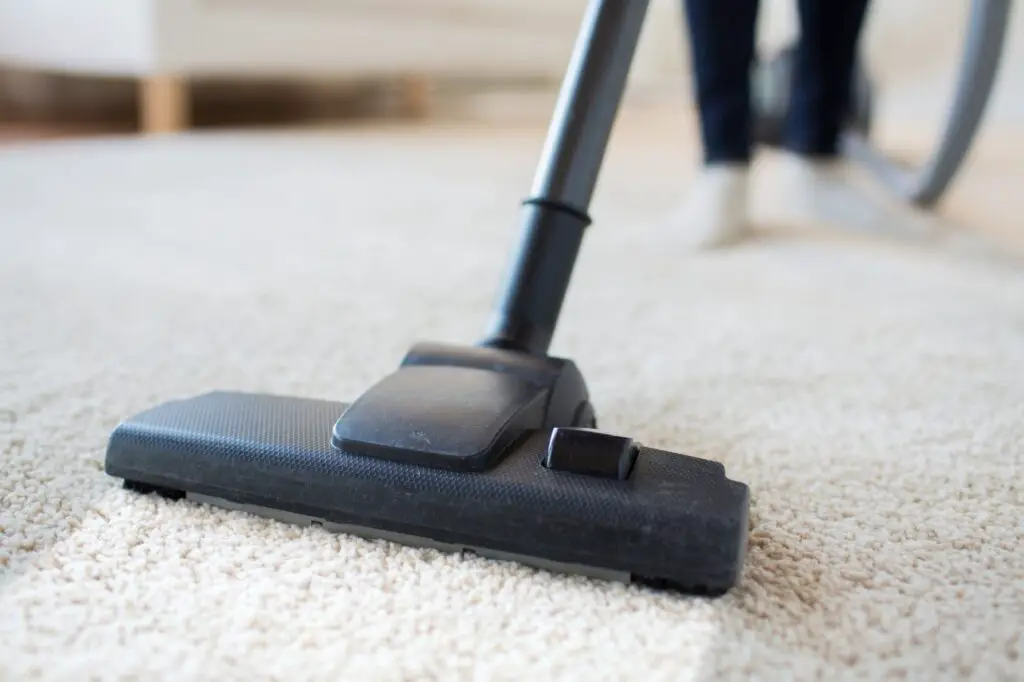
Before employing any moisture or cleaning solutions, it is important to vacuum the nylon carpet to remove loose dirt and debris. Start by vacuuming in one direction, covering the entire carpeted area meticulously.
Then, vacuum perpendicularly to the first direction, ensuring you pick up as much particulate matter as possible. Focus on high-traffic areas and edges where dust tends to accumulate.
Use the crevice tool attachment to reach into corners and along baseboards. If your vacuum cleaner has settings for different carpet pile heights, adjust accordingly to achieve maximum suction without damaging the fibers of your nylon carpet.
Repeat this process at least twice for the most effective dirt removal, setting the foundation for a deeper, more effective clean in subsequent steps.
Spot Cleaning
Treat Individual Stains
For any visible stains on your nylon carpet, apply a carpet stain remover that is suitable for nylon fibers. Be sure to follow the manufacturer’s instructions carefully.
Gently blot the stained area with a clean, white cloth until the stain begins to lift. Avoid rubbing vigorously as this can damage the carpet fibers and cause the stain to spread.
It is always wise to test the stain remover on a small, inconspicuous area of the carpet first, to ensure it does not cause discoloration. After treating the stains, allow the areas to dry completely before proceeding to the next cleaning step.
Blotting Technique for Spills
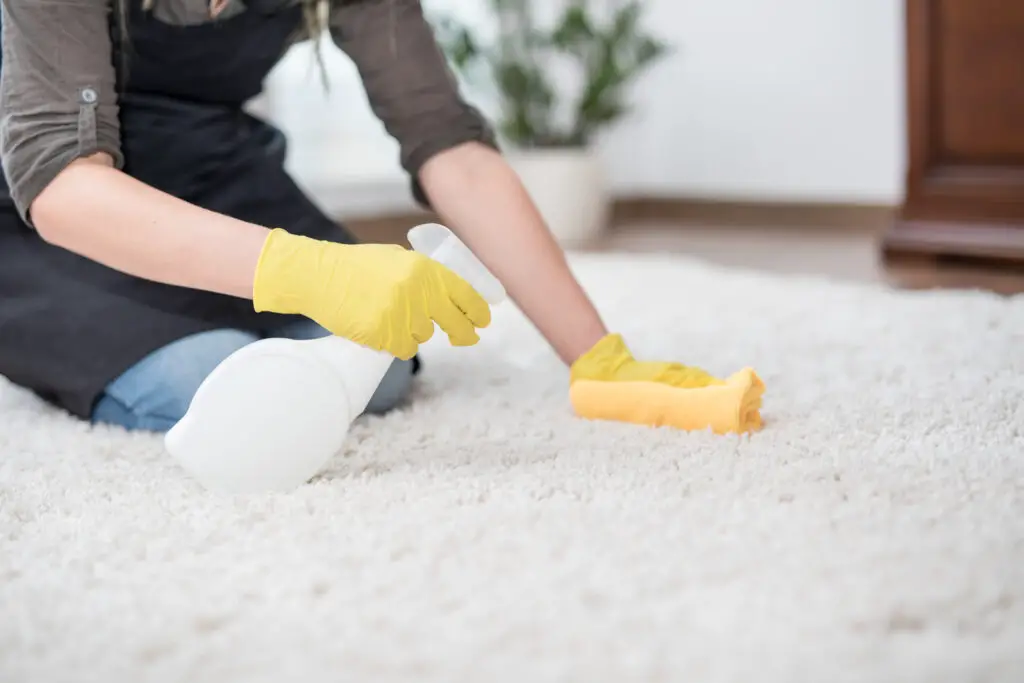
When dealing with fresh spills on your nylon carpet, the blotting technique is critical to prevent the liquid from spreading further into the carpet fibers. Place a clean, absorbent cloth over the spill and press down gently to soak up the liquid.
Continue blotting with a fresh section of the cloth or with additional cloths as needed, working from the outside of the spill towards the center to avoid expanding the area affected.
Patience is key keep blotting until no more liquid is transferred to the cloth, resisting the urge to rub as this can entangle and damage the carpet fibers, possibly leading to a permanent stain.
Mix Cleaning Solution
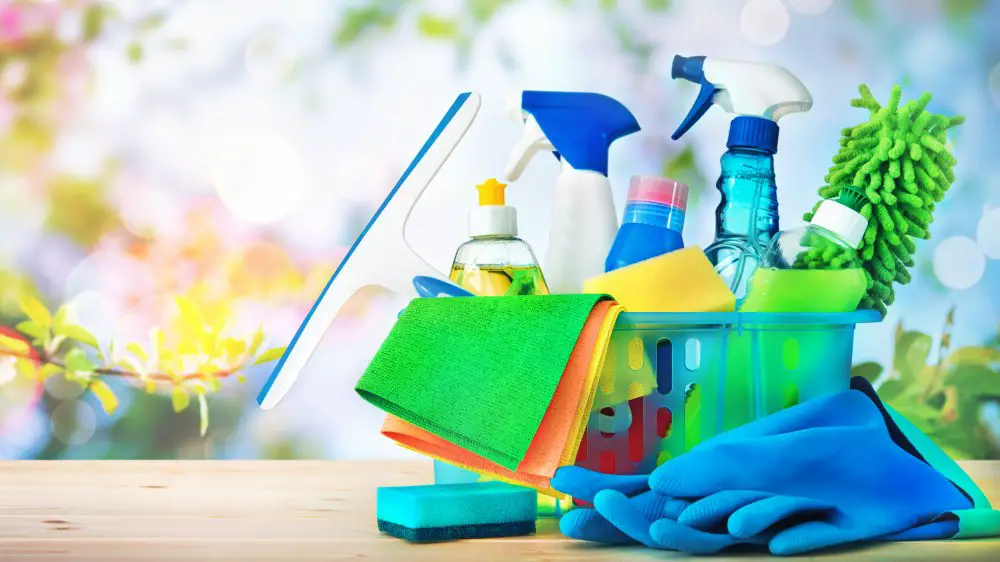
To prepare a cleaning solution for your nylon carpet, mix a few drops of mild liquid dishwashing detergent into a bucket of warm water. Stir the solution gently to blend the detergent with the water, creating a mild soapy mixture.
Be sure to use a detergent that’s free of bleaches or alkalies, which can damage nylon fibers. For the best results, the water should be warm, not hot, to avoid setting any stains. Once your solution is ready, you’ll be ready to move on to the deep cleaning steps.
Test for Colorfastness
Before applying your homemade cleaning solution widely, it’s important to ensure that it won’t harm the color of your nylon carpet. Choose a small, hidden section of carpet, such as a corner or under furniture, and apply a small amount of the solution to the area.
Blot the solution with a white cloth and then wait for about 10 minutes. After the time has elapsed, check the cloth and the carpet for any color transfer.
If the carpet’s color remains intact and there is no dye on the cloth, your solution is safe to use for cleaning larger areas. If there is color transfer, you will need to try a different cleaning solution to prevent damage to your carpet.
Gentle Washing
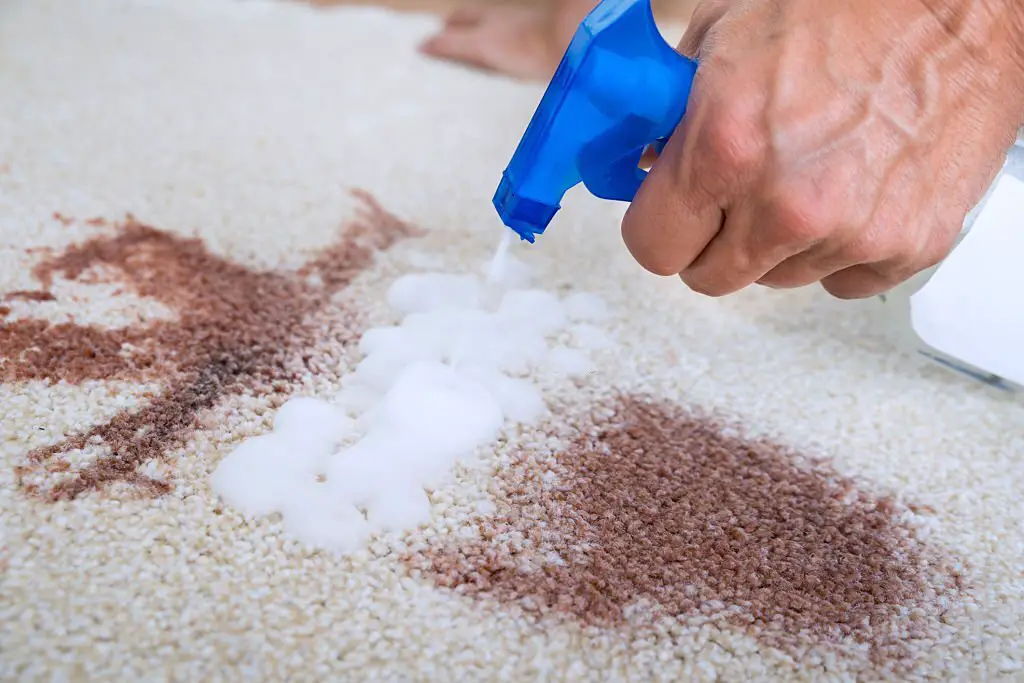
Once you’ve confirmed the colorfastness of your carpet, proceed with gentle washing. Using a soft-bristled brush, dip it lightly into the cleaning solution ensuring it’s not overly saturated. Begin to softly brush the nylon carpet with the soapy water in a circular motion.
This action allows the solution to penetrate the fibers and lift the dirt without being harsh on the carpet’s texture.
Work in small sections, re-dipping the brush as needed, and avoid soaking the carpet to prevent the padding underneath from becoming damp and promoting mold growth. After brushing, allow the solution to sit for five minutes to break down tough stains effectively.
After allowing the cleaning solution to sit for a few minutes, gently scrub the carpet in a circular motion, starting from one corner and working your way across the room.
This methodical approach not only ensures that no area is overlooked but also avoids over-wetting any singular spot.
Remember to frequently rinse and wring out your brush to prevent reapplying dirt and maintain the effectiveness of the cleaning solution. Continue this process, section by section, until the entire carpet has been thoroughly cleaned.
Rinsing
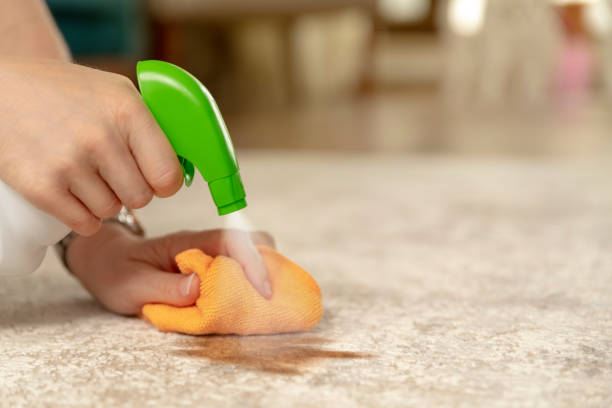
Once you’ve covered the carpet with the cleaning solution, it’s imperative to rinse the carpet thoroughly with clean water; this will help remove any soap residue which, if left behind, can attract more dirt over time.
Dampen a clean cloth or sponge with plain water and gently blot the areas you’ve cleaned. Again, take care not to overwet the carpet to prevent any damage to the substrate.
Repeat this process until all soap has been removed from the carpet. Finally, use a dry towel to blot and absorb as much moisture as possible, aiding in the drying process.
To ensure all residual cleaning solution is fully eliminated, use a spray bottle to lightly mist the cleaned areas of the carpet with water. Be careful to spray evenly and avoid saturating the carpet.
After misting, take a clean towel and gently blot over the damp sections to absorb the excess moisture.
This step is crucial for preventing any soap residue from remaining in the carpet fibers, which could attract more dirt over time. Continue this process until you’ve thoroughly blotted the entire carpet and it feels only slightly damp to the touch.
Related Topics:
Drying
Accelerating the drying process is vital to prevent mold and mildew growth, as well as to allow the area to be usable again quickly. Open windows around the room to create cross ventilation or use fans to circulate the air more effectively.
Positioning fans strategically across the space can significantly expedite the drying time. If you have ceiling fans, turning them on will also help to circulate air throughout the room.
It’s important to ensure the carpet is completely dry before moving furniture back into place or walking on the surface to avoid re-soiling.
Once the carpet feels only slightly damp to the touch, resist the urge to walk on it or replace any furniture.
This patience pays off by avoiding any impressions or stains that could occur from placing items on a not fully dried carpet. It is typically recommended to wait at least 24 hours before resuming normal use of the area, ensuring it is thoroughly dry and free from any risk of re-soiling or additional damage.
Post-Cleaning
Once the carpet is completely dry, vacuuming it again becomes an essential final step. This is not a mere repetition of previous cleaning, but a targeted effort to restore the carpet’s pile and texture.
As the carpet dries, fibers may have become flattened or stuck together; running the vacuum over the surface lifts the fibers back into their original upright position, giving the carpet its plush look and feel.
Furthermore, vacuuming can help to remove any remaining cleaning solution residue that may have crystallized as the carpet dried. Use an upright vacuum with a brush roll, if available, to provide a thorough combing through the carpet fibers.
Go over the carpet in multiple directions to ensure a comprehensive cleaning, paying particular attention to high-traffic areas and where any spots were treated.
This will not only enhance the appearance of your carpet but extend its lifespan by preventing the build-up of particulates that can wear down fibers over time.
After ensuring that the carpet is entirely dry, it’s time to carefully replace the furniture. Using felt pads or coasters under the legs of tables, chairs, and sofas can protect the freshly cleaned carpet from any potential pressure stains or color transfer.
Not only do these pads prevent damage, but they also make it easier to move furniture back into place without catching on the carpet’s pile. Remember to handle heavy items with care to avoid dragging and causing undue stress on the carpet’s fibers.
Conclusion
Maintaining the beauty and longevity of nylon carpets is achievable with consistent care and proper cleaning techniques as outlined in this guide. Diligent vacuuming, prompt attention to spills, and periodic deep cleans keep nylon carpets vibrant and enduring.
With the attributes of durability and resilience, nylon carpet remains a favored choice for areas of high foot traffic and activity.
By following the effective strategies discussed, from initial preparation through to the post-cleaning procedures, you can ensure your nylon carpet retains its aesthetic appeal and functional quality.
This will not only create a healthier living environment but will also offer the satisfaction of a well-maintained home or workspace where nylon carpets continue to stand the test of time.
Remember, a clean carpet is the foundation of a cozy and inviting space, so take these steps, incorporate them into your routine, and enjoy the prolonged beauty of your nylon carpet.
FAQs
How often should I vacuum my nylon carpet?
To maintain the appearance and prolong the life of your nylon carpet, vacuuming should be done at least twice a week. In high-traffic areas or if you have pets, consider increasing the frequency to prevent dirt from setting in.
Can I use any carpet cleaner on nylon carpets?
While nylon carpets are known for their resilience, it’s essential to use a cleaner that’s suitable for synthetic fibers. Read the product label carefully, or opt for a mild detergent solution. Always perform a spot test in an inconspicuous area before full application.
What should I do if my nylon carpet has a persistent odor even after cleaning?
Persistent odors can be tackled by sprinkling baking soda across the carpet, letting it sit for several hours or overnight to absorb odors, and then vacuuming thoroughly. If the odor persists, a professional deep-cleaning service may be necessary to address underlying issues.

